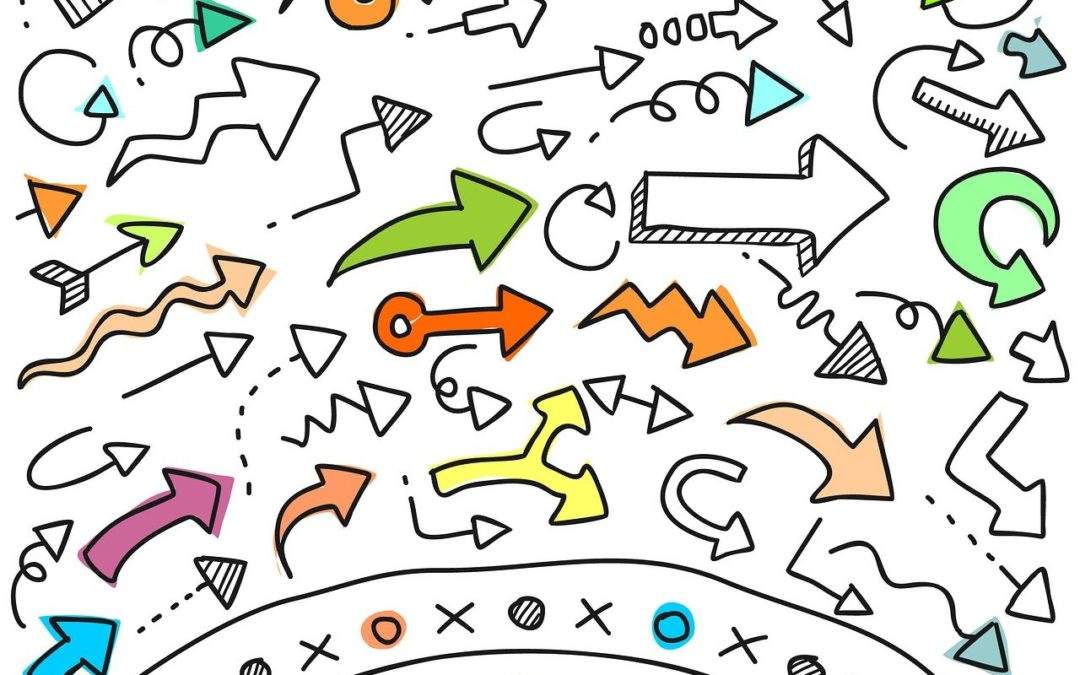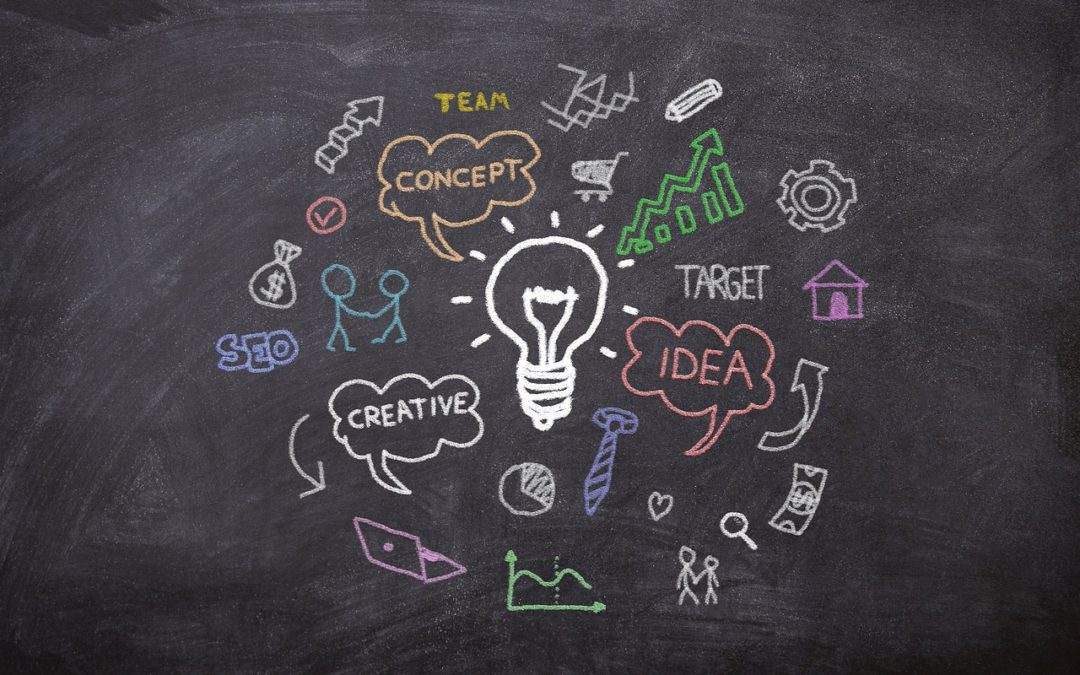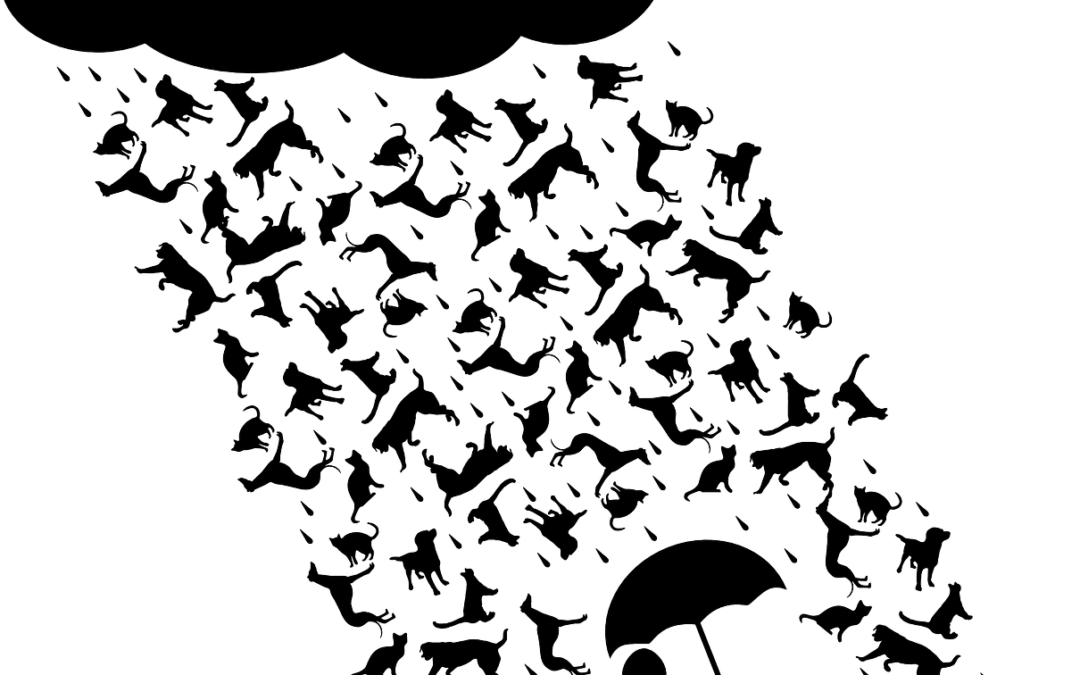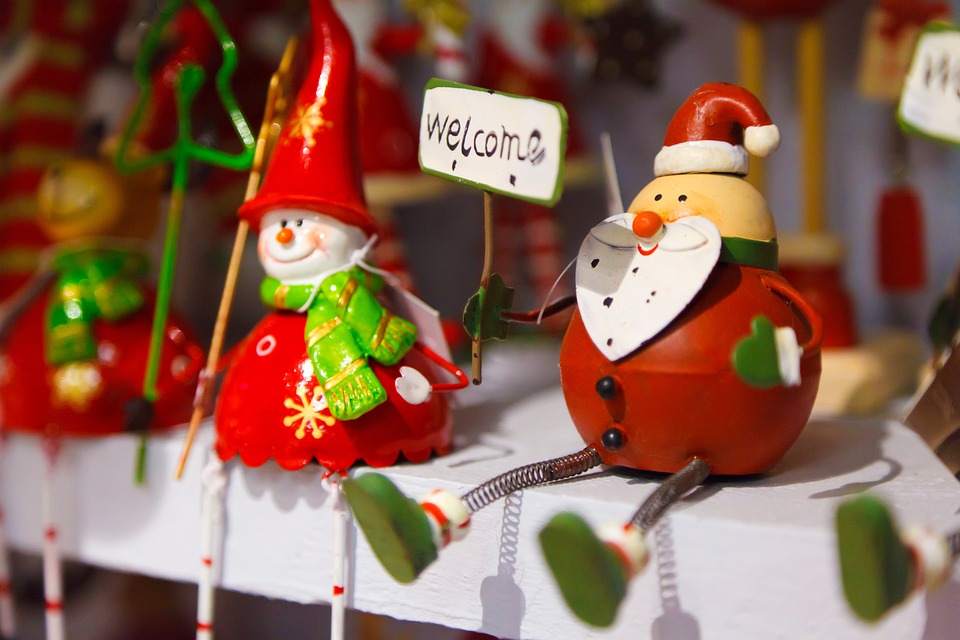
Nov 22, 2023 | Blog, Communication, English language, Tips for Translators
Dynamic languages: a multifaceted world Language is a living entity in perpetual evolution, constantly evolving and adapting to the ever-changing world around us. This ever-changing nature of language is a fascinating and sometimes challenging aspect for those working in the translation industry. Translators and linguists have to navigate within the intricate web of linguistic evolution, where words and expressions can undergo profound changes. This dynamic nature of language is not only a challenge but it’s also an extraordinary opportunity to engage with diverse linguistic contexts and bridge communication gaps. The translator’s challenge(s): adapting to linguistic evolution Translators and linguists face a unique set of challenges when dealing with the evolving linguistic landscape. They have to keep up with the subtle shifts in meaning, tone, and cultural connotations that words and phrases inevitably undergo over time. However, within this dynamic environment lies a world of exciting opportunities for professional growth. Cultural Proficiency: Embracing Linguistic Evolution with Cultural Insight Because language reflects cultural nuances, staying abreast of linguistic changes requires a deep understanding of the cultures associated with those languages. Translators who embrace this aspect of linguistic dynamism develop a heightened cultural proficiency that enables them to produce more accurate and culturally sensitive translations. Specialization: Thriving in Evolving Fields with Specialized KnowledgeLinguistic evolution often leads to the emergence of new terminology and jargon in various fields, from technology to healthcare. Translators can choose to specialize in these areas, enhancing their industry-specific knowledge and becoming sought-after experts in their niche. Continuous Learning: Staying on the Cutting Edge of Linguistic DevelopmentsAdapting to linguistic change requires ongoing training. Translators and linguists are encouraged to...

Oct 23, 2023 | Blog, Communication, English language, Language Services, Translation
Transcreation, the perfect cocktail of translation and creation, is a powerful tool. The power of words intentionally strung together to bridge cultural and communication gaps effectively in diverse markets. It is a marketing strategy used to adapt content to different cultural contexts and languages beyond word-for-word translation. What are transcreation and creation? Transcreation is the art of reinventing, recreating, and reimagining content. By focusing on the essence, emotion, and cultural nuances of a message, they preserve the original intent and impact of a product or service. However, successful communications must transcend barriers. It recognises that language and culture cannot be separated, and therefore, adapts to cultural nuances like idioms, humour, and sensitivities. Transcreators ensure that brand messages resonate with the target audience on a deeper and emotional level to form stronger brand connections leading to increased brand engagement. A guide to creative adaptation in marketing The process typically starts with a thorough understanding of the brand, its values, the target audience, the desired message, and the goal. Thus, transcreators will analyze the source content and identify key elements. They will reimagine visuals, alter metaphors, creatively rewrite, and even recreate new concepts adapted to fit the cultural context of the target market. What do transcreation and creation entail? Transcreation involves extensive research, cultural immersion and firm mastery of the power of words. This further ensures that the adapted content aligns with the cultural norms, customs, and preferences of the target audience. By taking into account cultural sensitivities, historical references, local trends, and idiomatic expressions, they can appeal positively and avoid cultural faux pas with the intended market. How to localize...

Sep 18, 2023 | Artificial Intelligence, Blog, Communication, English language, Language Services, Language Varieties, Translation
Balancing Creativity and Cultural Relevance Have you ever been lost in translation? A recurring mistake to make is to assume that translation is limited to mere linguistic conversion, that is swapping a word for another word. The reality, however, is that translators go above and beyond to be able to capture and convey messages accurately in different languages and cultures. Not an easy feat, by any means, as striking the right balance between creativity and cultural relevance is exceptionally challenging. Creativity plays a radical role in translation, especially so when conveying idioms, metaphors, and cultural nuances with no direct equivalents in other languages. These situations call to the creative skills of translators to concoct inventive solutions to preserve the impact and goal of the source text while ensuring the transfer in language maintains clarity and understanding in the target language. A successful translation is a culturally relevant one. Where a deep understanding of cultural norms, customs and values shine through in both the source and target language. The translator needs to ensure that the translated content is appropriate and relatable to the targeted audience. They take into account historical, social, and linguistic nuances that can potentially harm the message intended. Transcreation: Avoid getting lost in translation The perfect blend of translation, creation and cultural relevance is transcreation. Transcreators have the flexibility to deviate from the literal translation, original structure, and limited creativity. They can focus on recreating and restructuring the words around the message, goal and emotion of a product or service. They incorporate humour, wordplay, and other culturally relevant elements, eliminating the possibility of a-lost-in-translation problem. Striking the...

Apr 26, 2023 | Artificial Intelligence, Blog, Communication, Translation, Worldwide
Applications of artificial intelligence The concept of Artificial Intelligence (AI) is becoming increasingly common in our everyday lives. But what does artificial intelligence mean? According to the Oxford Advanced Learner’s Dictionary, artificial intelligence is “the study and development of computer systems that can copy intelligent human behaviour”. Some specific applications of artificial intelligence include natural language processing and speech recognition. Nowadays, we use AI systems to write articles or even translations. These “automatic” solutions are gaining many allies. Unsurprisingly, language industry professionals are beginning to question the reliability of these growing systems. Recent developments in applications of artificial intelligence Applications of artificial intelligence have grown so dramatically in recent years that it is almost impossible to keep up with the changes. Ten years ago, for example, no one could have imagined self-driving cars. But now, they are more reality than fantasy. Another example of a new AI system is the smart vacuum cleaner. This vacuum cleaner can scan a room, identify obstacles that may stand in its way, and clean the whole room in a matter of minutes. What’s more, it doesn’t need any human help to clean. Amazing, isn’t it? Artificial intelligence technologies are developing rapidly because they can process huge amounts of data much faster than humans can, and even make more accurate predictions. Applications of artificial intelligence in language programmes However, not all developments are related to physical robots. Chatbots are on almost every website to help customers if they need any kind of assistance. By simply accessing a website, a chat will pop up and you will be able to ask any question, which artificial...

Mar 26, 2023 | Blog, Films, Translation
Audiovisual productions and their translation Films, series, music, documentaries… These audiovisual productions are now an integral part of our daily lives and have become one of the most common forms of entertainment for families and friends. However, like many other businesses, the world of audiovisual production has changed and evolved over the years. The way information is communicated today is very different from the way it was communicated many years ago. In the beginning, films were silent (who doesn’t know the famous Charlie Chaplin) and therefore there was no language barrier to exporting these films. The concept of films changed when dialogues appeared. It was no longer a simple video production. Other factors also gained importance: dialogues, languages, sounds, etc. This is why translation plays such a crucial role in audiovisual productions today. Without it, language barriers could not be overcome, and films and series could not be exported. Translating audiovisual productions Dialogues and languages are not the only features that have changed the audiovisual world. There is another more recent factor to consider: streaming platforms. Everyone is familiar with these “new” platforms. They have become part of our lives in recent years. The number of series and films produced has grown exponentially since the creation of these companies. More productions, more languages, more actors, more actresses, more translation services needed… In fact, the development of this sector has been extensive and has not yet reached its peak. Films and series with multiple languages in their plots If we focus on languages, we can assume that, depending on the country where the film or series is made, the language...

Dec 18, 2022 | Blog, Communication, Funny, Holidays
Numerous articles and studies have now been written and published about the benefits of multilingualism. You only have to Google these last three words to get thousands of results. If you have a little bilingual child and you’re stuck for what presents to buy this year, why not put multilingual toys under the Christmas tree? Here’s a brief rundown on why you should! Why is learning another language good for us? Back in the 1920s through to the 1960s, the tendency was to find that bilingual children were not as efficient thinkers as monolingual children. The good news today is that the latest research has shown that bilinguals have thinking advantages over monolinguals. Early research was flawed. It didn’t compare like-for-like subjects (different social and educational backgrounds) and tested bilinguals in their weaker language. Today’s research across the world shows that bilinguals are more fluent, flexible, and creative thinkers, and move more speedily through the stages of cognitive development. But over and above the personal linguistic and cognitive advantages, knowing two or more languages also enables communication beyond national borders. It helps to understand other cultures and to better integrate our globalized societies. When is it best to start learning another language? Therefore, if the above is indeed true, it makes sense that the earlier a child learns a second language, the better. Not simply because the earlier children are aware of differences, the better, but because young children learn languages just as naturally as they learn to walk, run, or jump. They’re not concerned about mistakes or mispronunciation; they keep trying and acquire the words they need to...






















